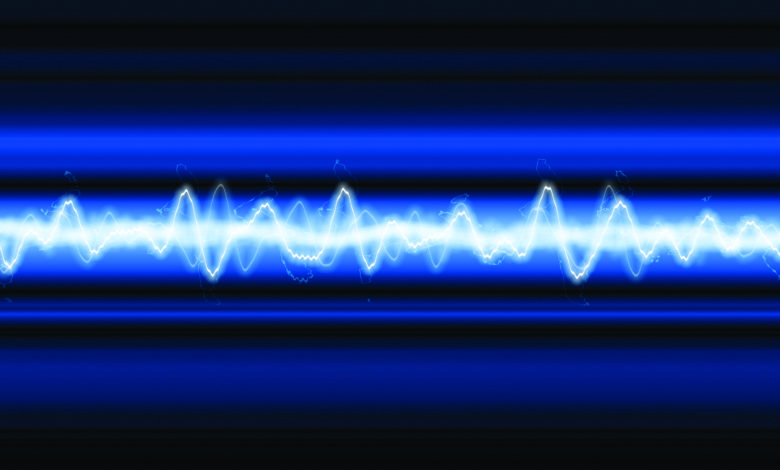
When sign makers consult with customers before an LED design project or during the installation, many questions can come up regarding voltage, power supplies, costs, and more. Here is a list compiled by our expert sources regarding the benefits of both 12V and 24V systems.
12V PROS
Safety
- Less than 15V is considered intrinsically safe, allowing for an automatic wet location safety rating.
- 12V also presents a lower spark hazard, which may be preferred around gas stations or areas with potentially flammable materials.
- 12V is a safer voltage for DC circuits as opposed to any higher operating voltages.
Cost and reliability
- Lower-cost power sources and more readily available from multiple sources.
- Highly reliable and a long history of performance in signage applications.
Availability
- 12V is the standard for channel letter modules as the 12V, 60W power supply is readily available and costs less to manufacture than 24V power supplies. Also, a wider breadth of products is currently available in a 12V configuration.
- Most sign systems run on 12V, and most sign shops stock 12V for service and manufacturing.
24V PROS
Longer runs
- For long linear runs, 24V systems can be preferred, as the amount of voltage drop is often lower in a 24V versus a 12V system.
- When the power supplies are mounted a long distance from the LEDs themselves, a lower gauge wire can often be used.
- With a 24V, longer runs, in some cases, mean more intense light.
- Useful with LED border tubing when you have lengths of 10′ and 8′ and running around structures.
Maximized power
- 24V products may utilize a higher wattage power supply that still conforms with Class 2 wiring. This 100W versus the 60W 12V power supply offers the user 40% more watts on a single power supply, translating to more product on the power supply.
- Since UL allows 96W of power at 24V versus 60W of power at 12V on a single circuit, this can potentially reduce the number of units required on certain sign types. Although, it should be noted that there are many 12V, 120W, and 180W units commercially available with multiple channels on the secondary side at 12V that can achieve the same result of limiting the number of primary hook-ups.
Cost reduction
- Using a 24V supply instead of a 12V supply dramatically reduces the wiring cost to almost half the original. Increasing the voltage of a system causes a reduction in the current through it, and in turn, reduces the size of the wires you need. The reduction in wire size cuts down the costs, as the thicker the wire, the costlier it is.
Bryan Vincent, Principal LED; Christina Farmer, US LED; Rob Riley, Keystone Technologies; and Mike Bluhm, Sloan LED contributed to this list.



